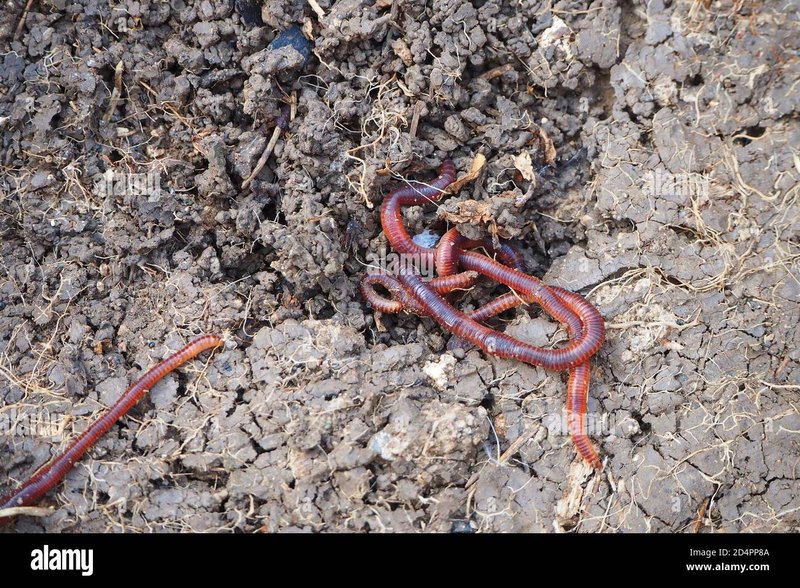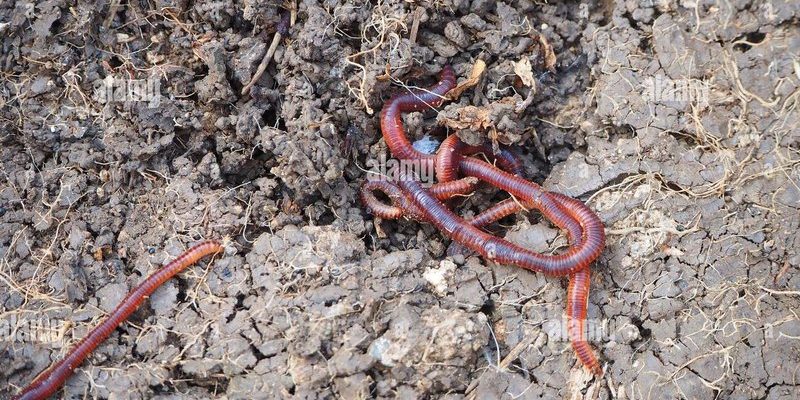
Earthworms are fascinating beings, playing crucial roles in their ecosystems. They’re often the unsung heroes of the garden, turning organic matter into nutrient-rich soil. But despite their importance, many people don’t quite know how long they live under natural conditions. Let’s dig deeper into the world of earthworms and unravel their life expectancy—trust me, it’ll be worth your time!
Understanding Earthworm Lifespan
Earthworm lifespans differ by species, but on average, they can live anywhere from **4 to 8 years** in their natural habitats. This longevity is impressive, especially considering the myriad challenges they face daily. Factors like predators, environmental conditions, and food availability all play a role in determining how long they live.
Most common garden varieties, like the **Lumbricus terrestris** (or the common earthworm), tend to thrive for about 6 years if they’re lucky. They can live longer in optimal conditions, which bring us to the next point: the importance of their environment. Think of their lifespan like a rollercoaster—up and down based on the twists and turns of nature!
Factors Affecting Earthworm Lifespan
You might be wondering what specific factors can influence how long earthworms live. Here’re a few key elements:
- Soil Quality: Healthy soil teeming with organic matter provides the nutrients they need. Poor soil can reduce their lifespan.
- Moisture Levels: Earthworms require damp environments to thrive. Too dry or too wet conditions can shorten their lives.
- Predators: Birds, frogs, and even small mammals enjoy munching on earthworms. This constant threat affects their longevity.
- Temperature: Earthworms prefer moderate temperatures. Extremes can cause stress and cut their lives short.
Consider your own life—how much does your environment impact your well-being? The same applies to earthworms. If they’re living in a nutrient-rich, stable environment, they’re bound to have a better chance at living longer.
The Role of Species in Lifespan
Did you know that not all earthworms are created equal in terms of lifespan? Just like how different dog breeds have varying life expectancies, earthworm species differ too. For instance:
- Lumbricus terrestris: These common garden worms can live up to 6 years and are known for their robust nature.
- Eisenia fetida: Also known as compost worms or red wigglers, they typically live around 1 to 2 years but are fantastic for composting.
- Allolobophora chlorotica: This green worm can live up to 8 years in some cases and is often found in more marshy areas.
So, if you’re seeking longevity, you might want to focus on the right species for your garden’s needs. Each variety has its own charm and purpose, just like pets!
Earthworms in Urban vs. Rural Areas
You might be surprised by how much a worm’s surroundings can affect its lifespan. In urban areas, **earthworms often face more challenges**. Factors like pollution, compacted soil, and limited food sources can shorten their lives. In contrast, rural areas typically provide a healthier environment filled with rich, organic matter.
Imagine two cities: one bustling with traffic and noise, and another peaceful with fresh air and gardens. The worms in the rural area are likely to thrive longer than those dealing with pollution and habitat destruction. In urban settings, the average lifespan may be lower than that of their rural counterparts due to these environmental stresses.
What Happens When Earthworms Die?
When earthworms reach the end of their lives, it’s not all doom and gloom. Here’s where the magic happens. Earthworms play an essential role in the nutrient cycle of their ecosystem. When they die, they break down and contribute valuable nutrients back into the soil.
This process is like adding compost to a garden—those nutrients help other plants grow strong. So, while their individual lives may be finite, their impact on the environment is lasting. It’s a beautiful cycle of life, death, and rebirth that helps sustain our ecosystems.
How to Foster a Healthy Earthworm Population
As gardeners or nature lovers, you might want to encourage earthworm populations in your area. Here are a few simple tips to create a hospitable environment:
- Avoid Chemicals: Pesticides and herbicides can harm earthworms. Opt for organic gardening methods whenever possible.
- Add Organic Matter: Compost, leaves, and other organic materials can help create a nutrient-rich environment.
- Maintain Soil Moisture: Keep your soil moist but not waterlogged to create ideal conditions for earthworms.
By taking these small steps, you can contribute to a thriving earthworm population and ensure they live their best lives while benefiting your garden.
The Importance of Earthworms in Ecosystems
Ultimately, understanding how long earthworms live in natural conditions gives us insight into their role in ecosystems. They’re more than just squiggly creatures; they’re vital players in the soil health game. Their actions help aerate the soil, break down organic matter, and support the growth of healthy plants.
So, the next time you see an earthworm, take a moment to appreciate its journey. From the rich soil to the threats it faces, every earthworm has a story. By fostering their populations and ensuring their environments remain healthy, we can support not just their lives but our own ecosystem’s health as well.
In summary, earthworms have a lifespan of around 4 to 8 years, influenced by species and environmental factors. By understanding their lives, we can appreciate these tiny heroes even more. So let’s dig deep and keep our garden friends thriving!

